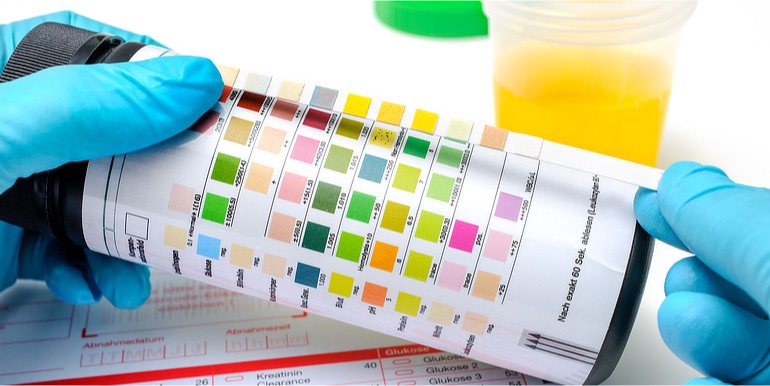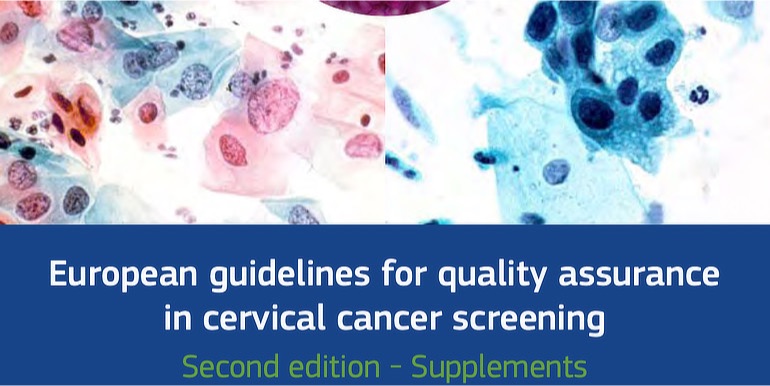Study finds decreased rates of high-grade cervical lesions in young women after approval of HPV vaccines and changes in cancer screening
22. 06. 2015 | Wiley Press ReleaseA new analysis indicates that rates of high-grade cervical lesions decreased in young US women after vaccines were made available to protect against human papillomavirus (HPV), but the trend may be due in part to changes in cervical cancer screening recommendations [1].
Image credit: depositphotos.com
Published early online in CANCER, a peer-reviewed journal of the American Cancer Society, the study illustrates some of the challenges in monitoring a vaccine’s impact during a time of concurrent changes in screening.
More than half of high-grade cervical lesions, which are abnormal tissue changes that can lead to cancer, are caused by persistent HPV infection that can be prevented if a person receives an HPV vaccine. Monitoring trends in the incidence of these lesions is helpful for evaluating the impact of HPV vaccination.
A team led by Susan Hariri, PhD, of the US Centers for Disease Control and Prevention, found that in the first few years after HPV vaccination was introduced in the United States (2008-2012), there were large and uniform declines in high-grade cervical lesions in young women across the country who were aged 18 to 20 years, and to a lesser extent, in women aged 21 to 24 years.
Dr. Hariri noted that high-grade cervical lesions are asymptomatic and can only be detected through routine cervical cancer screening. Because screening recommendations were changing during the time period of this study, the investigators also looked at trends in cervical cancer screening utilization. “In particular, screening is no longer recommended in women before age 21 years, and we found substantial declines in screening in 18 to 20 year olds that were consistent with the new recommendations,” said Dr. Hariri. While screening also declined in 21 to 24 year old women, the decreases in screening were much smaller. “We think that the decreases in high-grade lesions in this group reflect changes in screening but also may be partially due to HPV vaccination.” Dr. Hariri added that the greatest benefit of HPV vaccination—reducing the burden of cervical cancer and other HPV-associated cancers—will take many years to evaluate because of the long lag time between infection with HPV and the development of cancer.
In an accompanying editorial, Harinder Brar, MD and Allan Covens, MD, of the University of Toronto, stated that the study is significant because it is the first to look at the incidence trends of high-grade cervical lesions in the post-vaccination era. “The study highlights that while preliminary data demonstrates a drop in… incidence rates, the results may be confounded by the changes in cervical screening guidelines.”
Reference
- Hariri S, Johnson ML, et al. Population-based trends in high-grade cervical lesions in the early human papillomavirus vaccine era in the United States. Cancer 2015. doi: 10.1002/cncr.29266
klíčová slova: high-grade cervical lesions, cervical cancer screening, HPV vaccines




